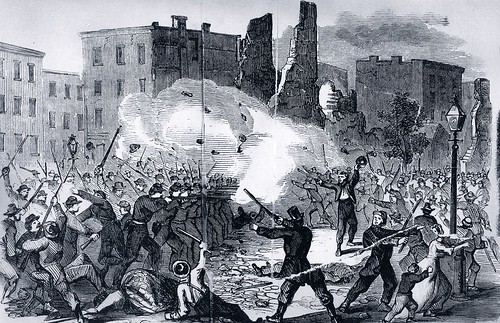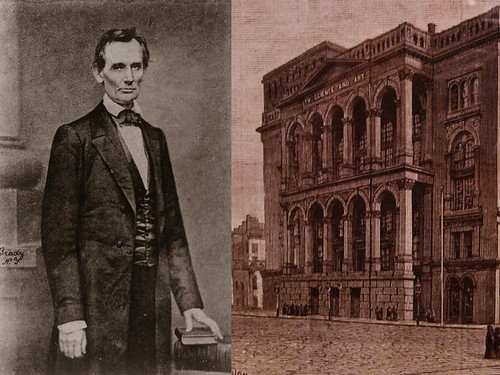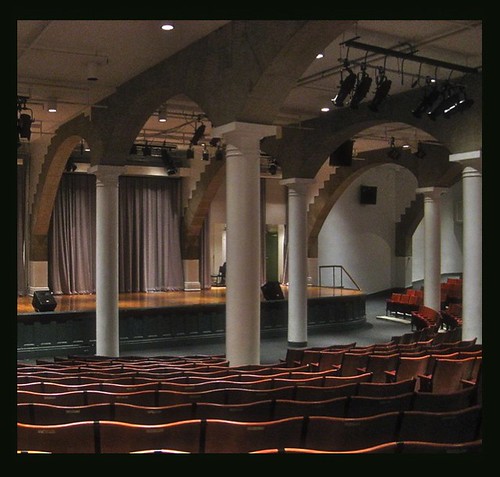The City of New York has known the influence of many powerful men, one of whom was a man of the cloth named Archbishop John Hughes. He had, since his arrival in 1838, aligned himself with the unassimilated Irish immigrants in lower Manhattan. This Ulster-born prelate rallied them in the face of abject discrimination, (such as “No Irish Need Apply,”) yet played on their fears whenever he could. Hughes was highly ambitious, and gladly courted controversy in the press. His letters to the editor were always signed with a cross, which with a flick of his pen looked a whole lot more like a knife. And because of his fearful countenance and violent temper, reporters began to call him “Dagger” John Hughes.
That Hughes himself was a deeply bigoted fellow would not be a difficult point to prove. He regularly published his racist diatribes, and exhorted his disdain for abolitionists in numerous sermons. He whipped up his largely Irish congregation with dire warnings of freed black slaves traveling north to steal their jobs, and they heeded his every word.
By 1861, even Abraham Lincoln was terrified of Hughes, and courted his favor at the outbreak of war. He dearly wanted the “Fighting Irish” on the side of the Union, and Dagger John was flattered that Lincoln would call on him with hat in hand. He therefore wrapped himself in the flag and bid his parishioners to do the same.
Read more…






